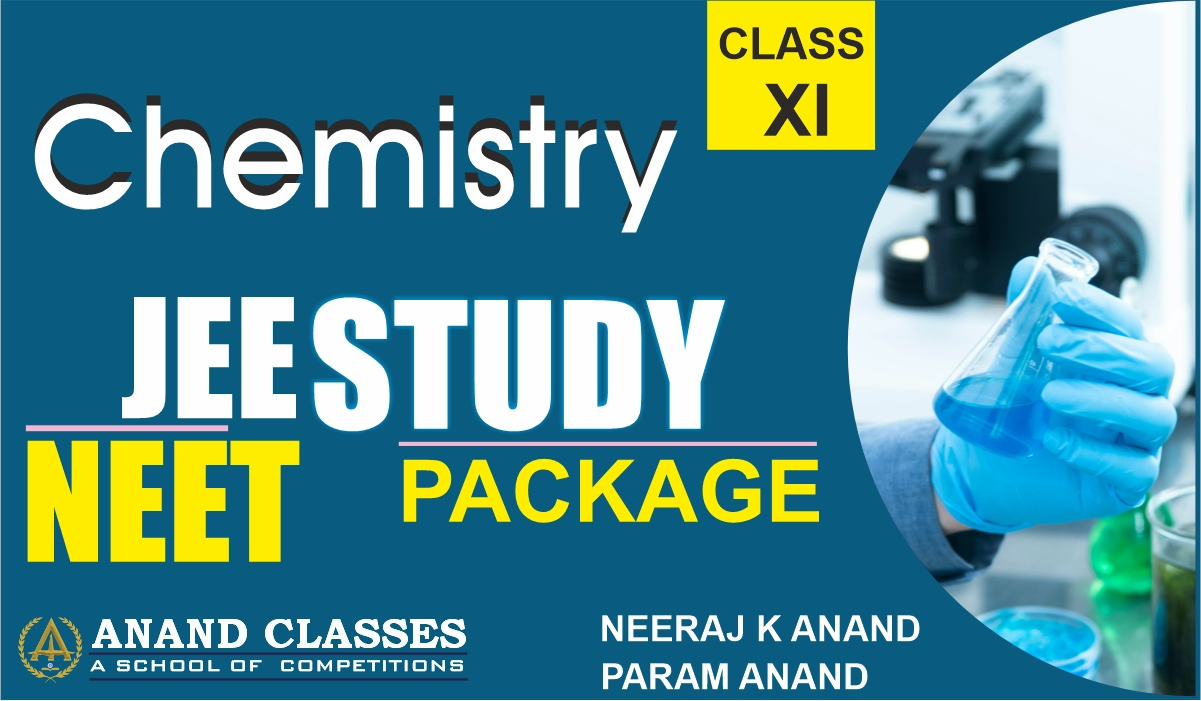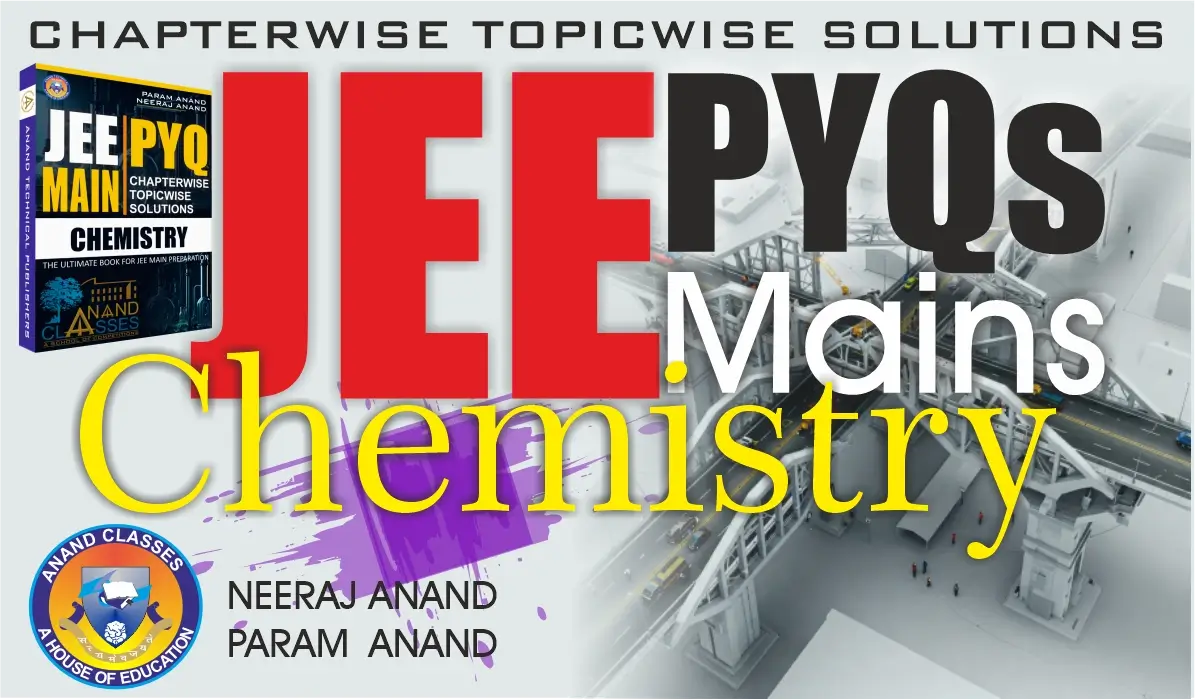Lanthanides Series(f-Block Elements)-Definition, Configuration, Properties, Lanthanide Contraction, Oxidation State, Chemical Reactivity, Formation of Coloured Ions
Lanthanides are the contemporary periodic table’s rare earth elements, with atomic numbers ranging from 58 to 71 after Lanthanum. Rare …


